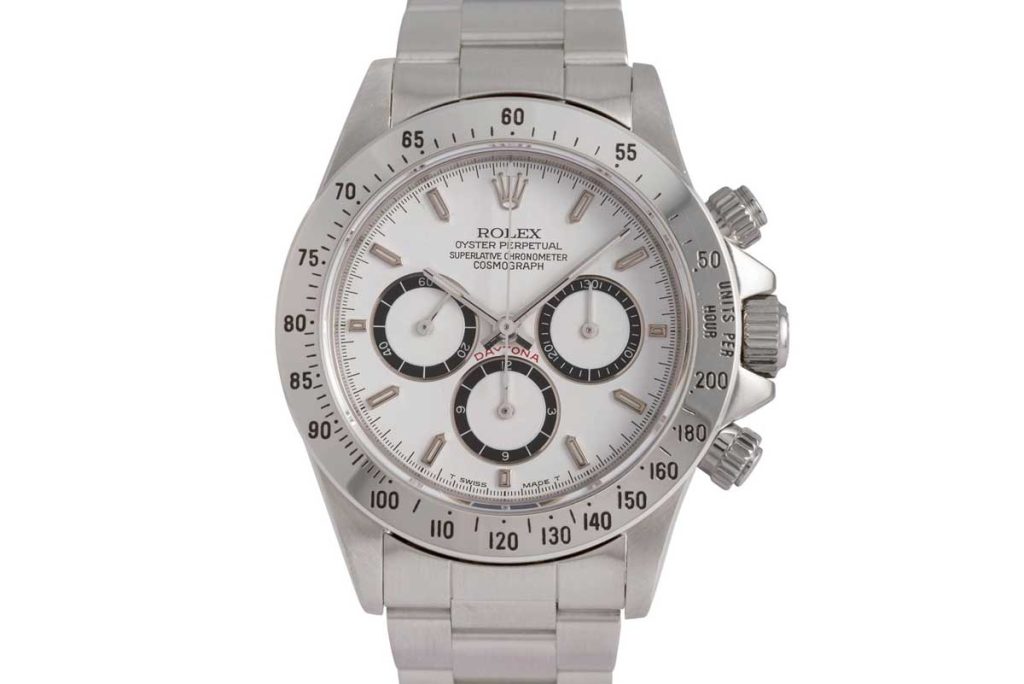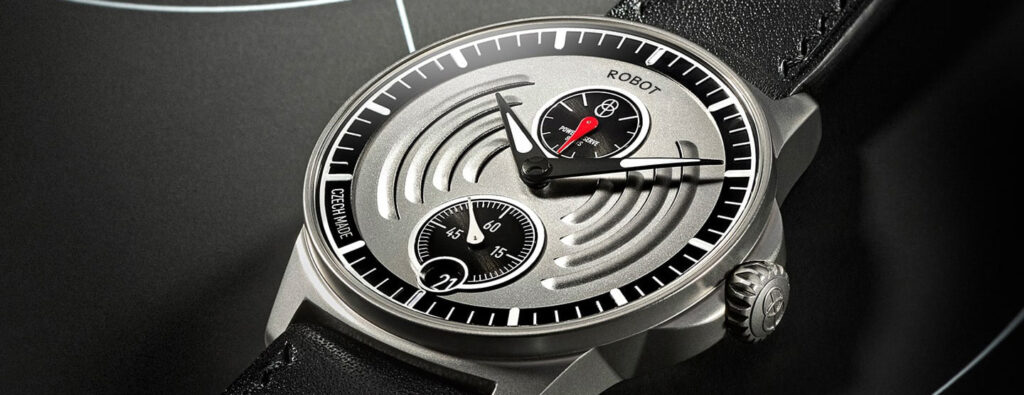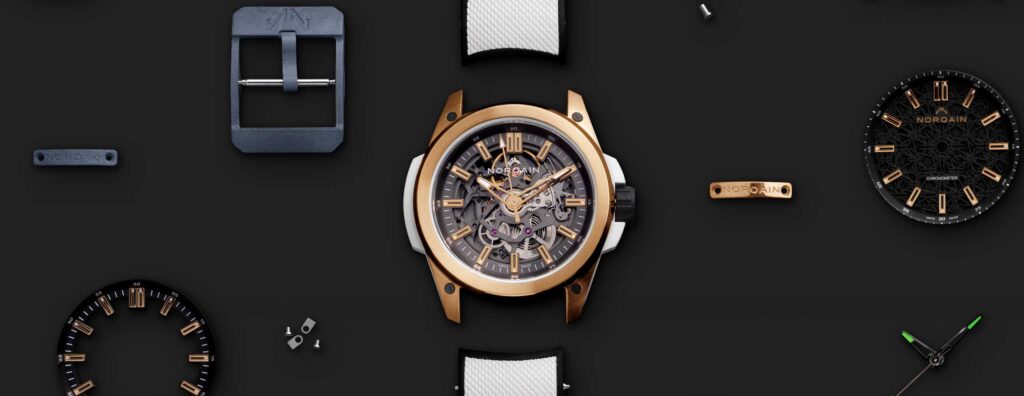Editor's Picks
A Movement in History: The Zenith-driven Rolex Daytona
Editor's Picks
A Movement in History: The Zenith-driven Rolex Daytona
If you spend any time on Instagram or frequent the watch blogs, you will without doubt have come across the discussion that the Rolex Daytona has become a brand within a brand. There are Rolex collectors, and then there are Daytona collectors. Spearheaded by the Italians, the Daytona has become a power play like no other watch has ever really managed. As an illustration of this, the market is still reeling from the explosive result last October of “Newman’s Newman” becoming the most expensive wristwatch ever sold.
At the Zenith of Daytona
Even as the Daytona in its various flavours continues to clock new price milestones – MK1 Oyster “Paul Newman” Daytona, Oyster Sotto Newman, unique pieces and svelte plastic crystal 62xx references with their timeless 36mm cases and slender 19mm lug width – this article is devoted to that other branch of the family, the legendary Zenith-powered 165xx.
The first self-winding chronograph from Rolex is the Zenith-powered 165xx. The so-called Zenith Daytonas have long been of keen interest to collectors and they increased steeply in value when the latest version of the steel Daytona was released at Baselworld 2016. It’s an interesting pattern with Rolex watches – as new iterations of models are released, older versions steadily appreciate. The 165xx series watches have almost doubled in value over the past two or three years.
By The Book
There have actually been a number of books written on the subjects of the Daytona. The book that started my love with the model was Rolex Daytona – A Legend is Born by Stefano Mazzariol.
This is a brief summary of his research:
MK1 (1988) – The so-called “floating Cosmograph”, so named due to the word “COSMOGRAPH” being spaced away from the other four lines of text. The “6”’ in the hour totaliser is upside down or inverted.

Mk 1 Rolex Daytona, reference 16520
The Details
The MK1 dial is the most sought after and, therefore, commands a significant premium over other versions. These dials were in the first series of watches from 1988 and the collectors’ preference is for watches whose serials have an “R” prefix, which were the very first 16520s. It is also worth noting here that the corresponding yellow-gold watches also featured a similar dial development.
Each of the dial versions can be placed to quite accurate serial number ranges and so collectors will always want to check the serial number of the watch to make sure the correct dial is fitted. It wouldn’t be unusual for Rolex to replace dials at service and so, as an example, a 1992 watch could have had a MK5 dial fitted at some point in its life at service. Remember, it’s all about the details!
The bezels on the 16520s were now all-steel and there were no longer any plastic inserts used as seen on the vintage 6263. There were three different bezel layouts employed in the 16520s run, that we will call the MK1-3. The first was the MK1, which was in essence a remake of the 62xx plexi watch bezels. Easily recognised by the presence of “UNITS PER HOUR” being at 3 o’clock on the bezel. This version featured a graduated scale from 50 to 200 as seen on the plexi 6265.
With Zenith Daytonas, we have black dials with discoloured rings around the sub dials. It seems that the varnish used to protect the dial reacted with the silver rings around the three sub-dials on the black 16520 and caused a change in colour in unpredictable ways. This phenomenon was brought to prominence by author and Antiquorum founder Osvaldo Patrizzi and so it seems fitting that these dials have the nickname “Patrizzi dials”. It is most common to see this effect on watches manufactured between 1993 and 1995. They can age in any number of ways from light beige to deep chestnut. But beware, unscrupulous types have been known to paint the sub-dials with brown varnish.










